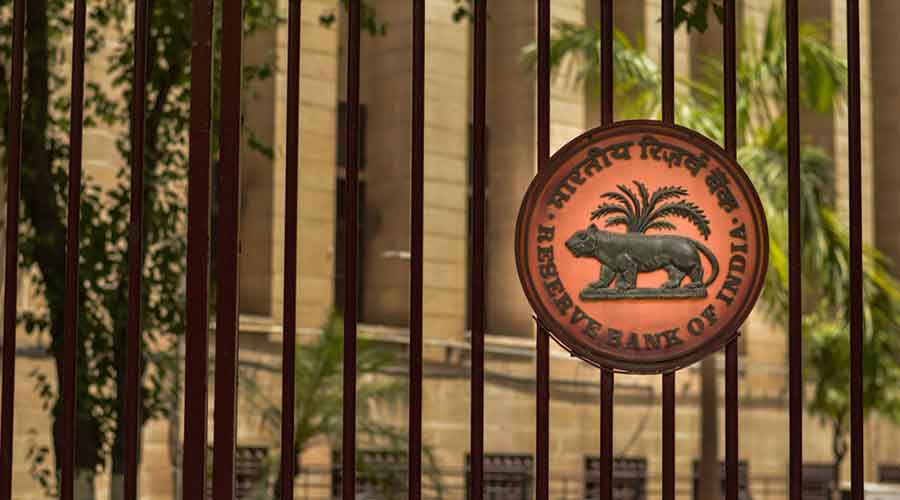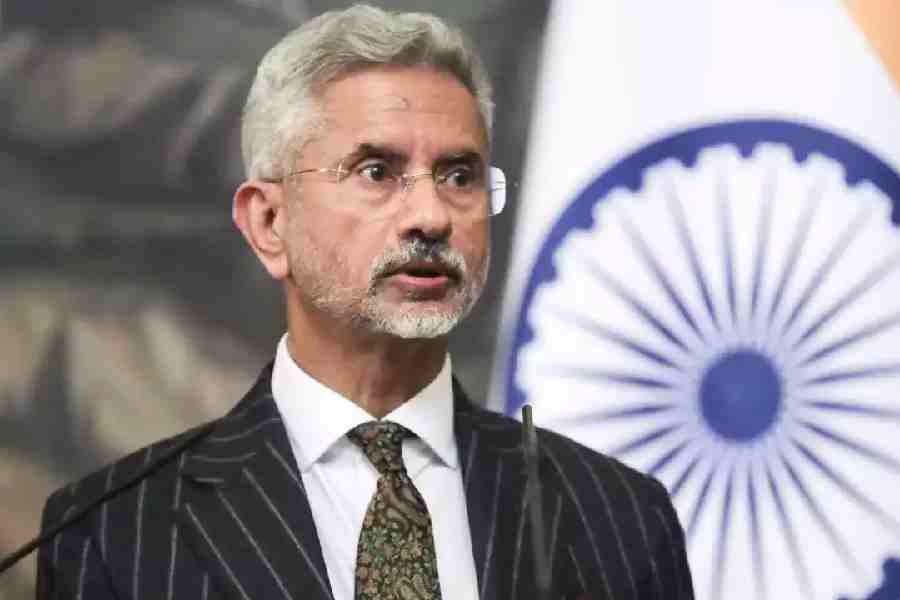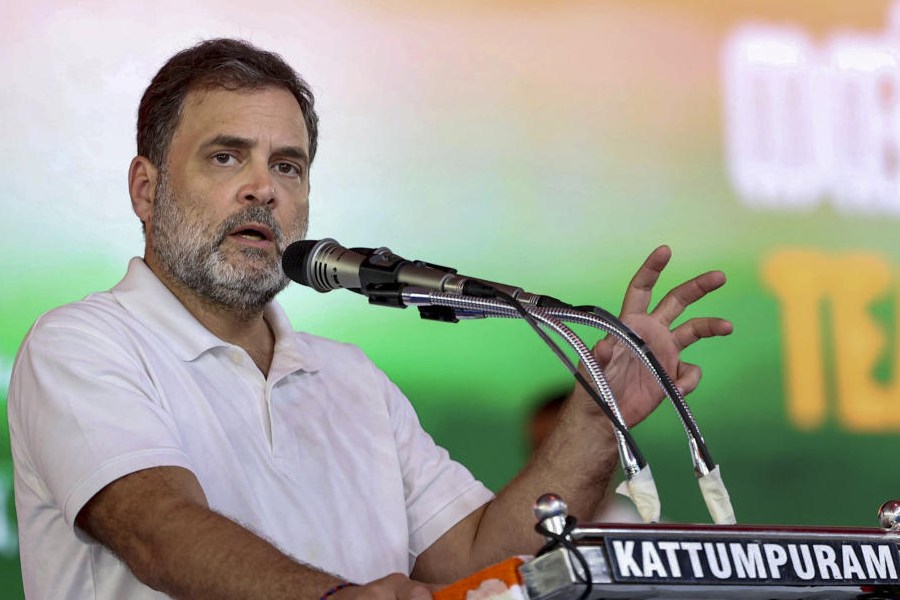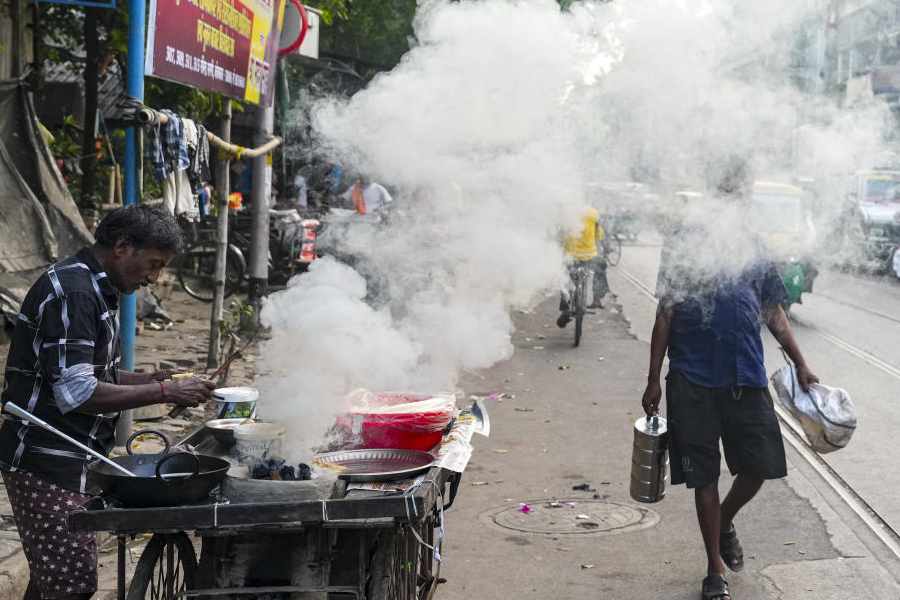The RBI on Wednesday re-opened a one-time debt restructuring scheme for individual borrowers under which banks can reschedule their payments or grant a moratorium for a maximum period of two years.
This will not be a blanket moratorium as was granted last year. Banks will have the discretion to cherry pick borrowers who will be eligible for the loan restructuring. The period of the moratorium will also vary based on the bank's internal appraisal.
The Resolution Framework 2.0 will cover consumer credit that include loans for consumer durables, credit card receivables, auto loans and personal loans. Similarly, banks can also work out a resolution plan for home loans, education loans, and loans given for investment in financial assets.
In August last year, the RBI had announced its first loan restructuring programme that was open to borrowers with a credit exposure to lending institutions above Rs 25 crore as on March 31 last year. This time, however, the debt recast is being specifically targeted at borrowers with an aggregate outstanding at or below Rs 25 crore as on March 31 this year — which will broadly cover 90 per cent of all borrowers.
Eligibility criteria
A key criterion for eligibility is that the loan account will have to be classified as standard — which means there is no default in principal or interest — as on March 31.
There was some relief to those borrowers who had opted for loan restructuring under the scheme as well. The RBI permitted the banks and lending entities to modify the plans and increase the moratorium period by another two years.
Banks will be allowed to reschedule payments which could be in the form of lower EMIs, thereby stretching the repayment period. Banks can also convert any interest accrued or to be accrued into another credit facility.
Moreover, they can grant a moratorium for a certain period. This will be based on an assessment of the borrower’s income streams. The RBI said in a notification that compromise settlements will not be permitted.
Two-year breather
If banks decide to grant a moratorium, it will be for a maximum period of two years, and shall come into force immediately upon implementation of the resolution plan.
The residual tenor of the loan facilities could also be extended, with or without a payment moratorium. The overall cap on extension of residual tenor, inclusive of the moratorium period if any permitted, will be two years.
The RBI has said that after banks receive a restructuring proposal from a borrower, they will have to take a decision on the application within 30 days. Resolution under the scheme will have to be invoked by September 30. This will happen when the lending institution and the borrower agree to work out a resolution plan. After this, the resolution plan should be finalised and implemented within 90 days from the date of invocation.
Moody's Investor Services also said that the restructuring scheme was a milder measure than the blanket moratorium. "Nevertheless the need for this measure highlights the re-emergence of downside risks to banks' asset quality," said Srikanth Vadlamani, vice president, Financial Institutions Group at Moody's.











